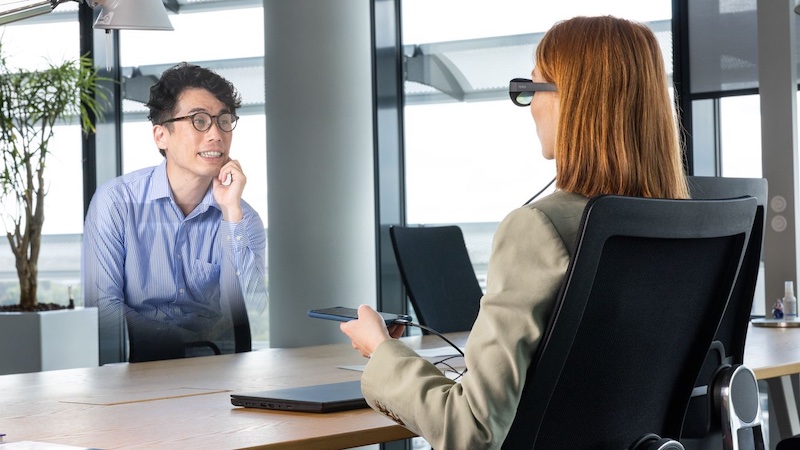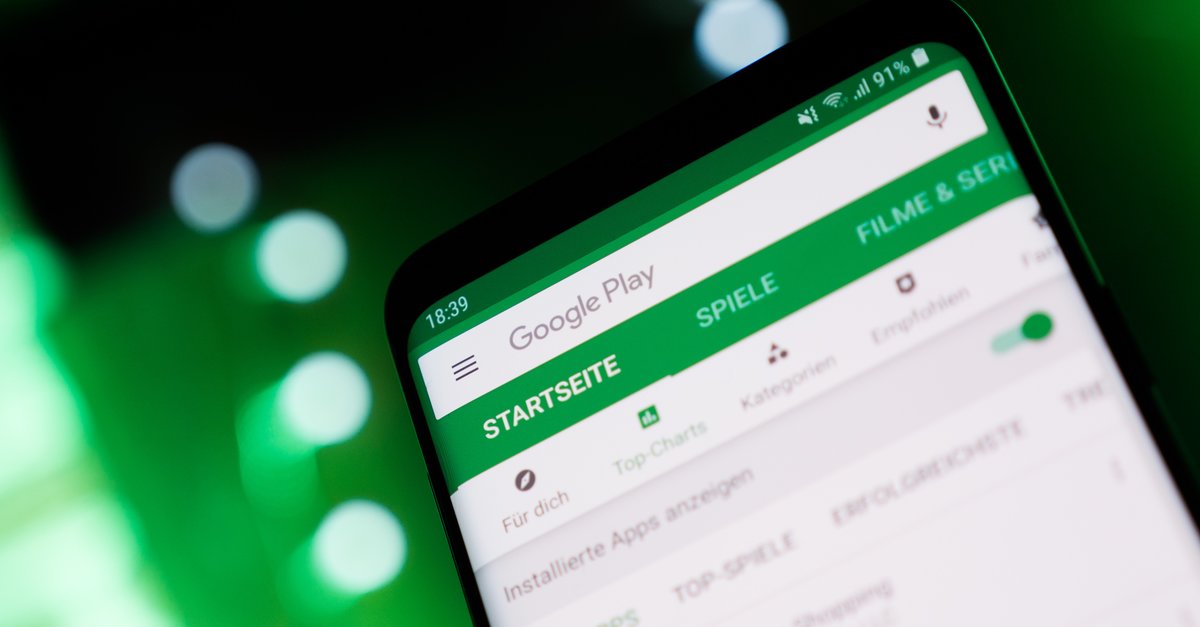Will we be making calls with 3D holograms soon?
If the big mobile phone providers have their way, hologram telephony should soon be part of our everyday lives. Because the so-called holography is already technically possible and in principle as simple as a normal telephone call. If it wasn’t for the cost.
Many only know holograms and 3D avatars from films like Star Wars or Star Trek. But what sounds like science fiction could soon become reality. At least when it comes to the big mobile phone providers.
Because Deutsche Telekom, Vodafone, Telefónica (O2) and the French telecommunications company Orange are now working together under the title “Holography instead of telephony”.
Contents
Holography: Will hologram telephony become commonplace?
In order to integrate hologram telephony into everyday life, the Slovakian start-up Matsuko supports the project as a technical partner. It comes from a common Explanation the cell phone provider. Accordingly, holography is in principle as simple as normal telephoning and is already technically possible.
However, the effort and costs for the technology are so high that it is only rarely used. In order to make hologram telephony suitable for the masses, smartphones and VR glasses should be used instead of an expensive technological infrastructure.
5G network as the key to hologram telephony?
In order to generate a hologram, the smartphone’s selfie camera should first film the face. An artificial intelligence (AI), which supplements ears and the back of the head, for example, is supposed to provide the 3D effect. A 3D rendering engine supports this process.
However, reliable transmission and the necessary bandwidth require the new 5G mobile communications standard. The necessary computing power should in turn be shifted to the cloud via edge computing. According to the mobile phone provider, holography only makes sense if it can be used across networks – hence the merger.
Holography: Only one-sided transmission possible
However, there should only be one hologram for the planned telephone calls – that of the caller. The called party looks through VR glasses to see the caller’s upper body and profile as a digital 3D image. There is no hologram of the wearer of the VR glasses.
Meanwhile, a new platform should ensure that hologram calls are also possible across networks. The mobile phone providers praise the advantages of the technology. However, it is not yet possible to say whether and how suitable holography is for everyday use. The companies involved have also not yet given any key financial data.
Also interesting:



